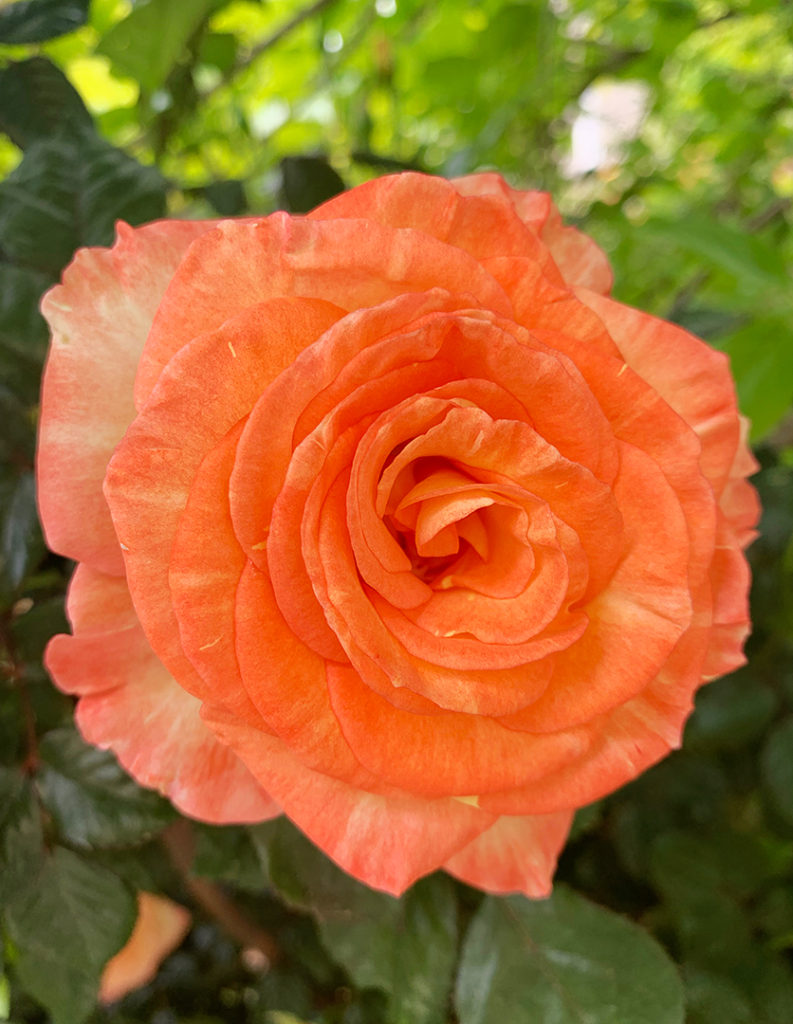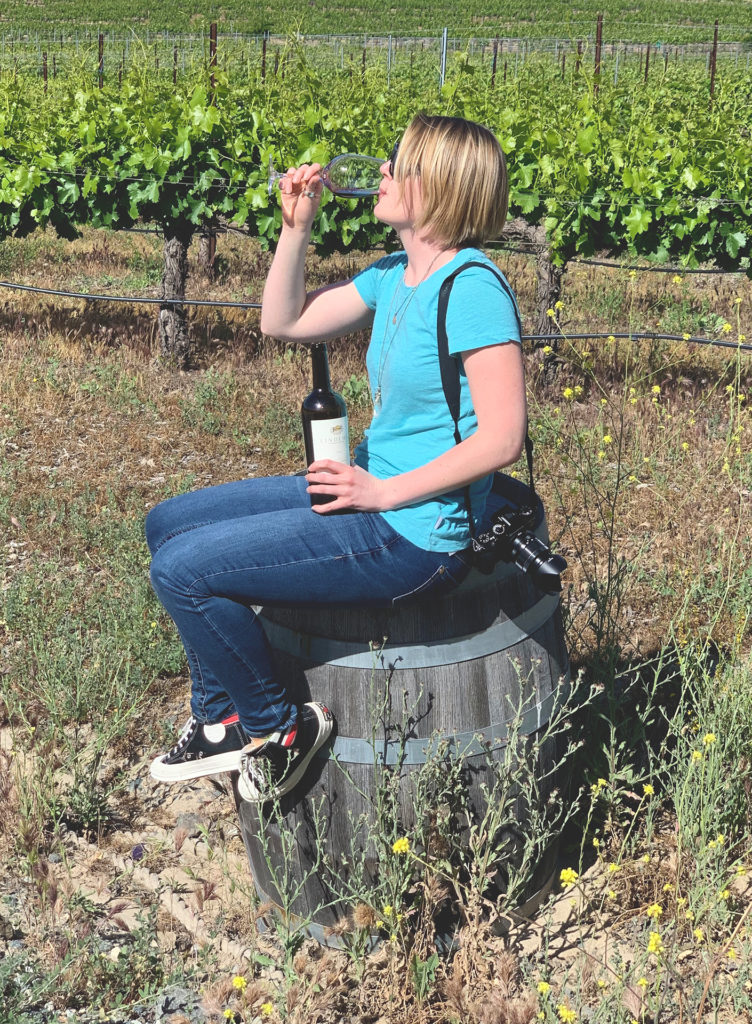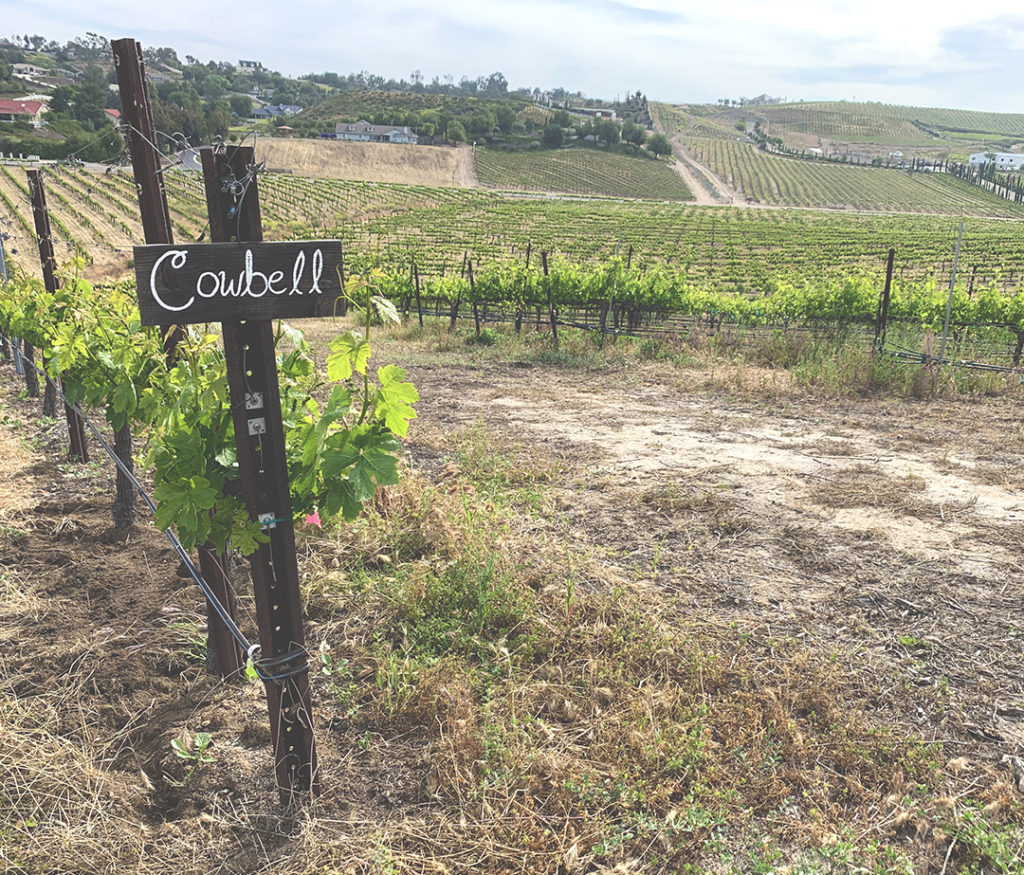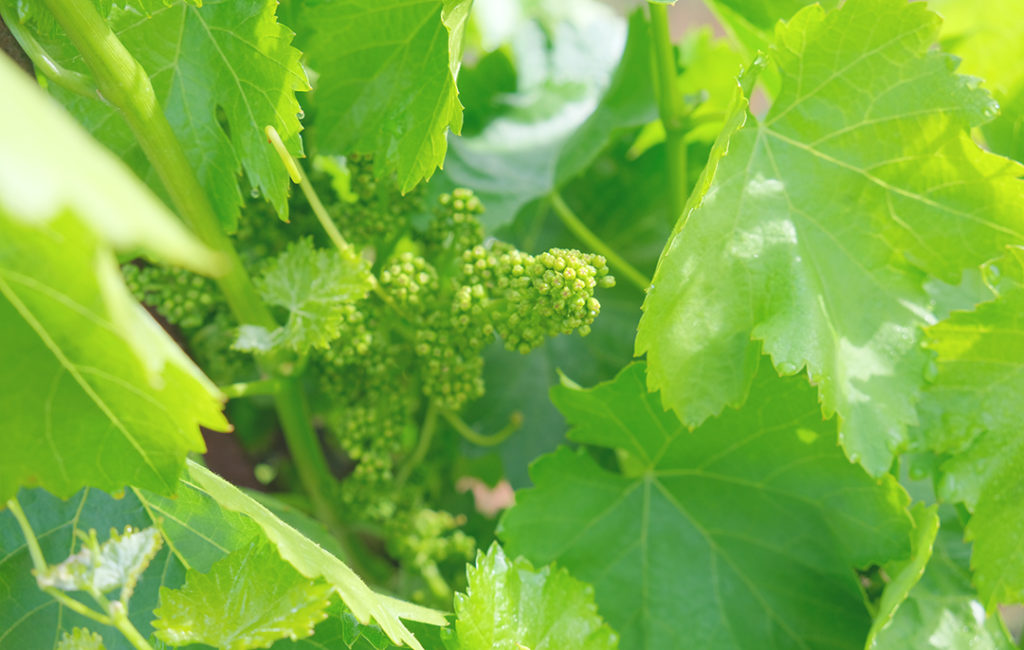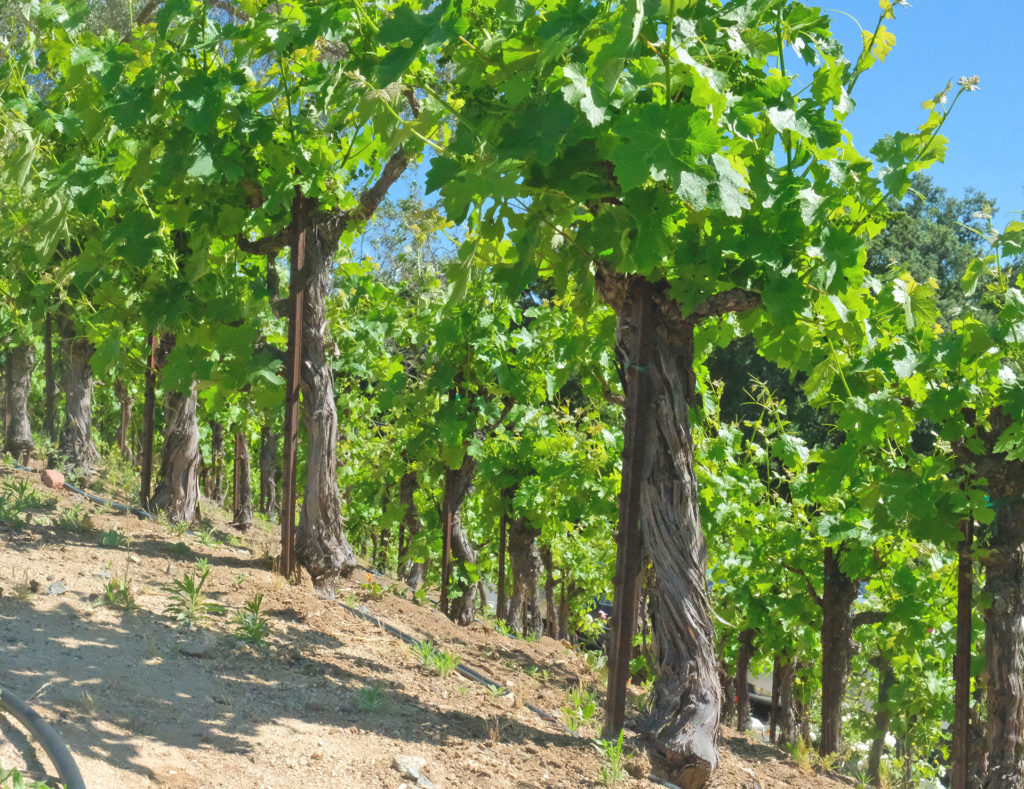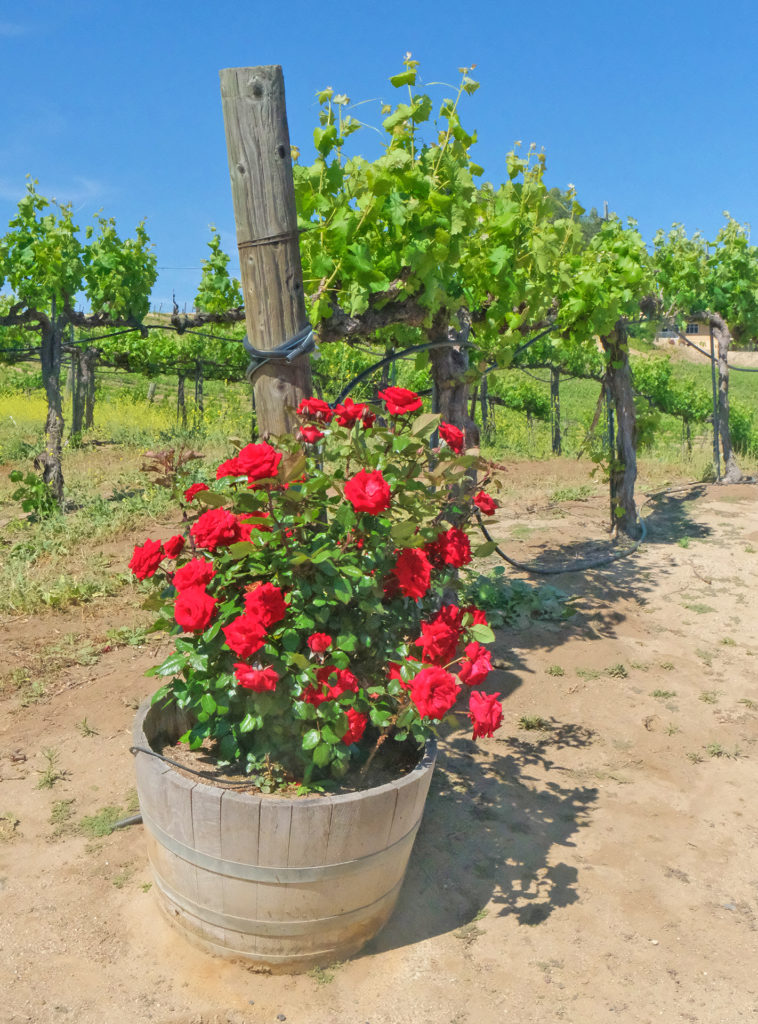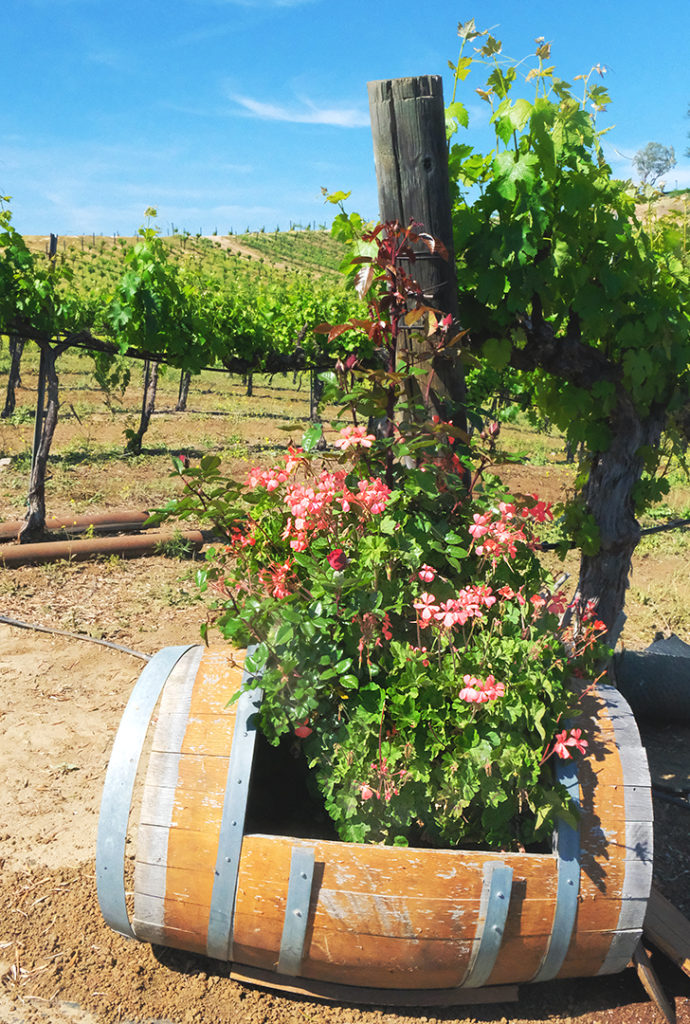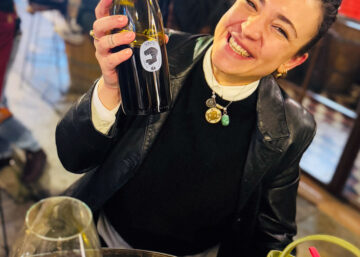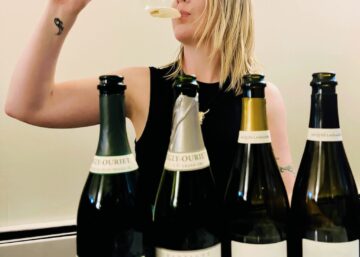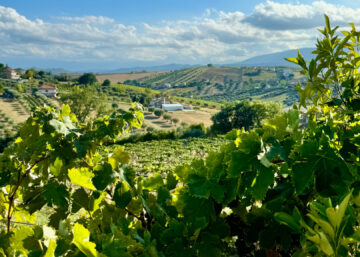In a land where tasting rooms tend to emulate Cracker Barrels and you can find almond-flavored bubbles, Temecula struggles to be taken seriously in the wine world. And if you’d like to continue along this negative, far from novel narrative, do a quick Google search and have at it. There are plenty of critics—and rightfully so—but I’d rather focus on a movement that has me excited about Temecula, on the handful of producers that are changing the story.
It all starts with Dave.

Owner and winemaker of Vindemia Winery, Dave Bradley is one of those dudes that you can talk with long after the bottle runs dry. He’s passionate and frank, an authentic soul that stands up for what he believes to be right and real. It pains him to see wineries ship in grapes from the north and pass it off as local. It’s difficult to watch while many disregard what makes sense in favor of what sells. We won’t even get started on the party scene and Instagrammableness of it all…
Wine is not an afterthought for Dave, it’s his way of life. The vineyards are his backyard, the bottles sold are how he provides. And so, Dave has become a voice against this superficial Temecula, trying to unite like-minded producers in their struggle to have their efforts recognized, their wines appreciated.
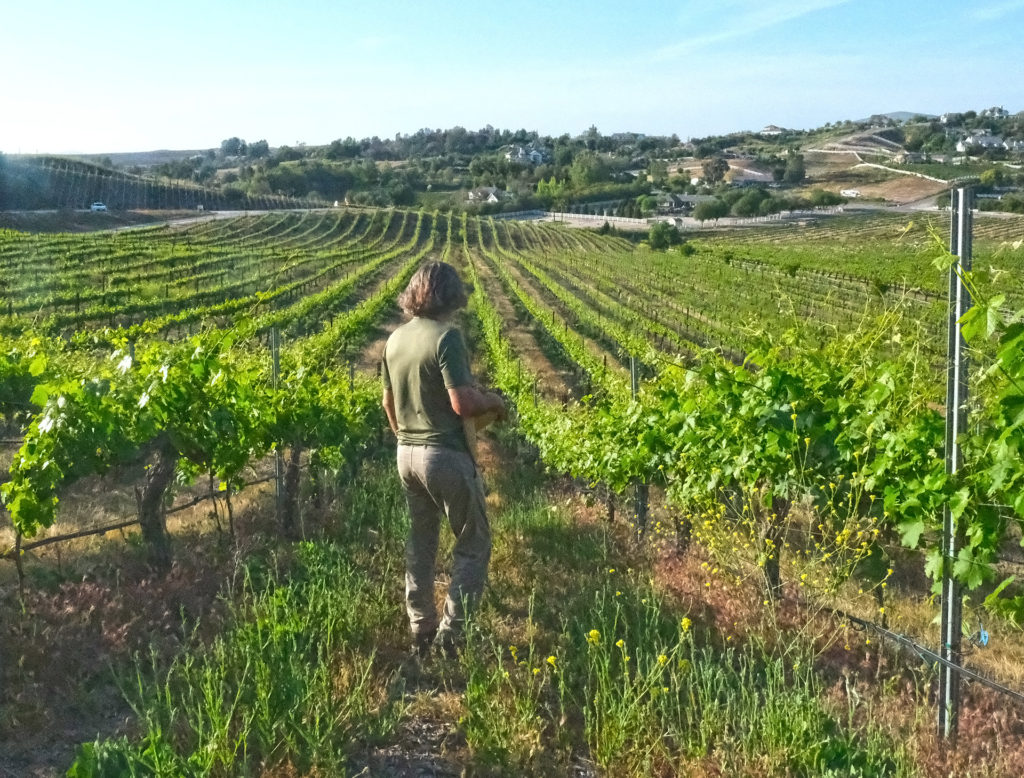
Now, I’ve only been to Temecula once, and I’d never tasted a drop from the region prior, but my first perception is that just like any other wine region, there’s the good, the bad and the ugly. And there is certainly a B-side to the commercial wine and hospitality scene. You won’t find cookie-cutter wines here, or be able to pick someone up in a bar-like tasting room, but you will certainly drink some interesting juice. This side owns its tough—brutal at times—terroir and acknowledges what they’re up against. No sugarcoating, no falsities. A transparent Temecula. Locally grown, locally operated.
Wineries like Hart, where you can see the family hard at work in the bodega while you taste, where their father, now-retired winemaker and founder, will still come shake your hand and share a glass of wine made from and on his estate. (They also source grapes locally, but stick to Temecula.)
Wines like the Carter Estate sparklings, made from privileged vineyards at the base of the Agua Tibia Mountains, seen right from the tasting room. (They also work with grapes outside of the region, but will let you know the wine comes from one of their other estates.)
Undoubtedly, there are a few more gems I wasn’t able to visit.
Temecula Wine Country
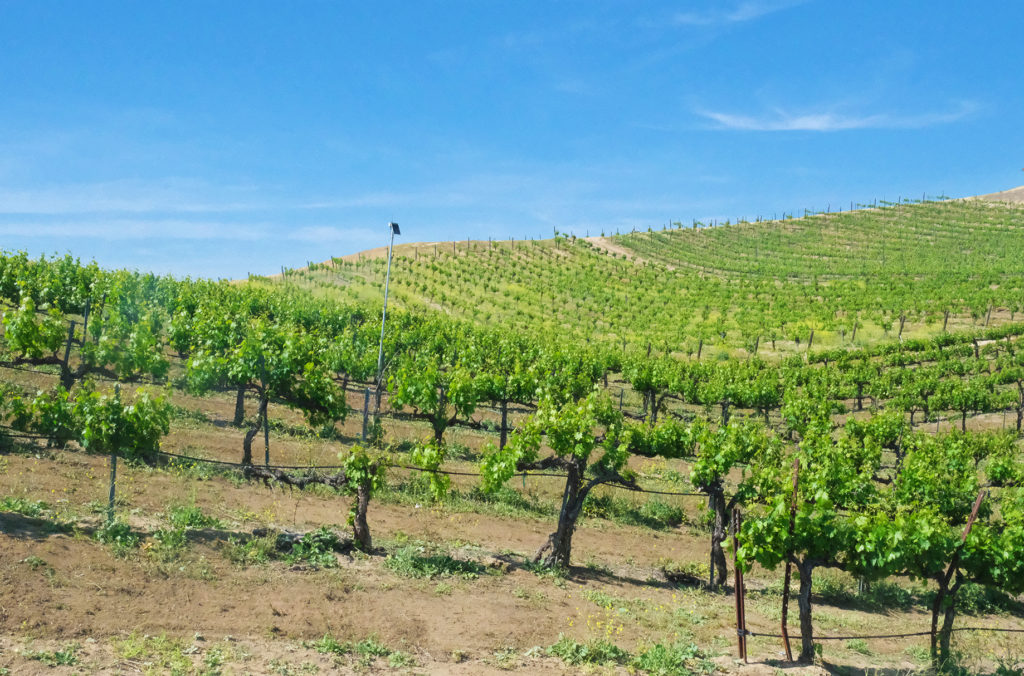
When you drive into the valley’s wine country, it’s quite clear why the missionaries decided to plant there so long ago. It’s not like this place is so new. Sure, it was forgotten, abandoned, misunderstood for decades, but wine has a place there. Rolling hills, proximity to the Pacific with cool breezes blowing through the corridors in the evenings, good soil drainage. Is it Burgundy? Where else is? BUT, Temecula has a legit wine culture, and that’s enough to pique my interest.
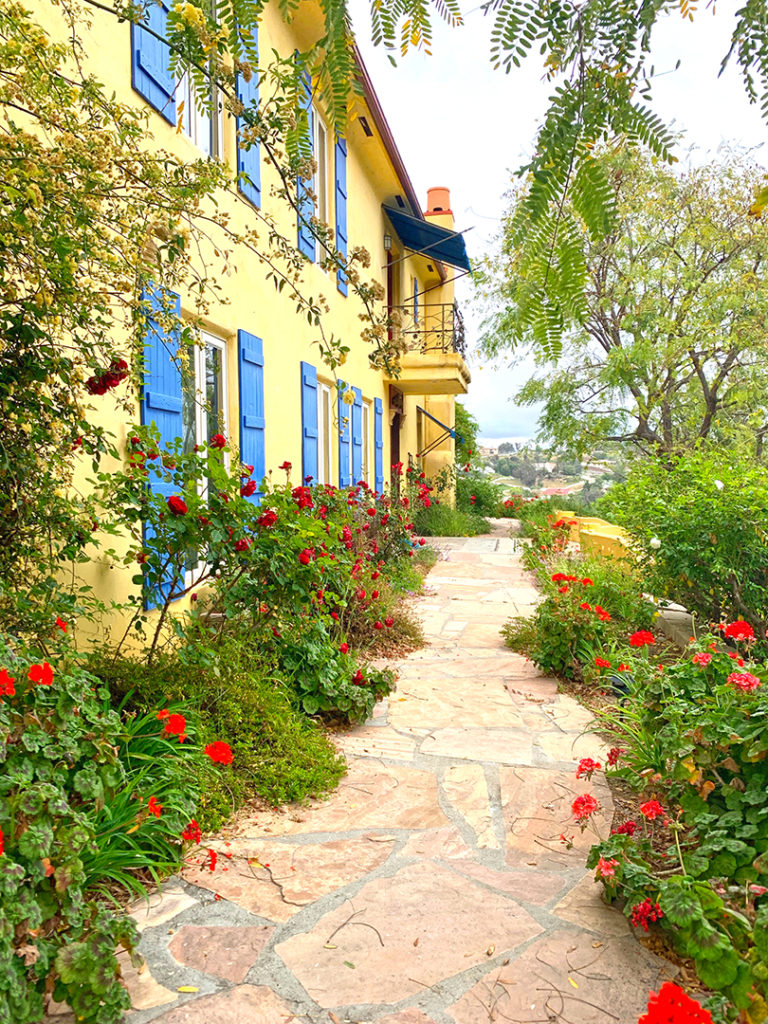
I had the privilege of being there during a very rare time, as southern California had seen more precipitation in just a few months than they had in years. Plus temperatures were quite low, making even jeans and a t-shirt a bit chilly. But everything was lush and green, the May flowers popping like crazy. The reality, however, is a more Mediterranean climate with little rainfall and warm days with cooler nights thanks to the Pacific. During summer, temperatures can spike way high, which is why many have turned from Temecula, claiming it’s just too hot to make good wine. Clearly, not all have given up though, and the ones actually growing in the valley are learning to work with grapes that can deal with heat and water scarcity.
Do I think this region is about to change the world? Nah.
Does that really matter? Nah.
Should you taste Temecula? For sure. You should taste everything you can at least once.
Back to Dave
Dave focuses on making excellent, elegant wines from Temecula. He doesn’t care about competing with Napa, Bordeaux or anywhere else but Temecula. It’s about making great wine considering where it’s from, considering the elements at hand. And it’s also about authenticity, making honest wines with grapes grown right in his backyard, produced in his cellar. He tries to be as sustainable as possible considering his circumstances, and the results are worth all the effort.
A personal favorite: Cowbell 2014.
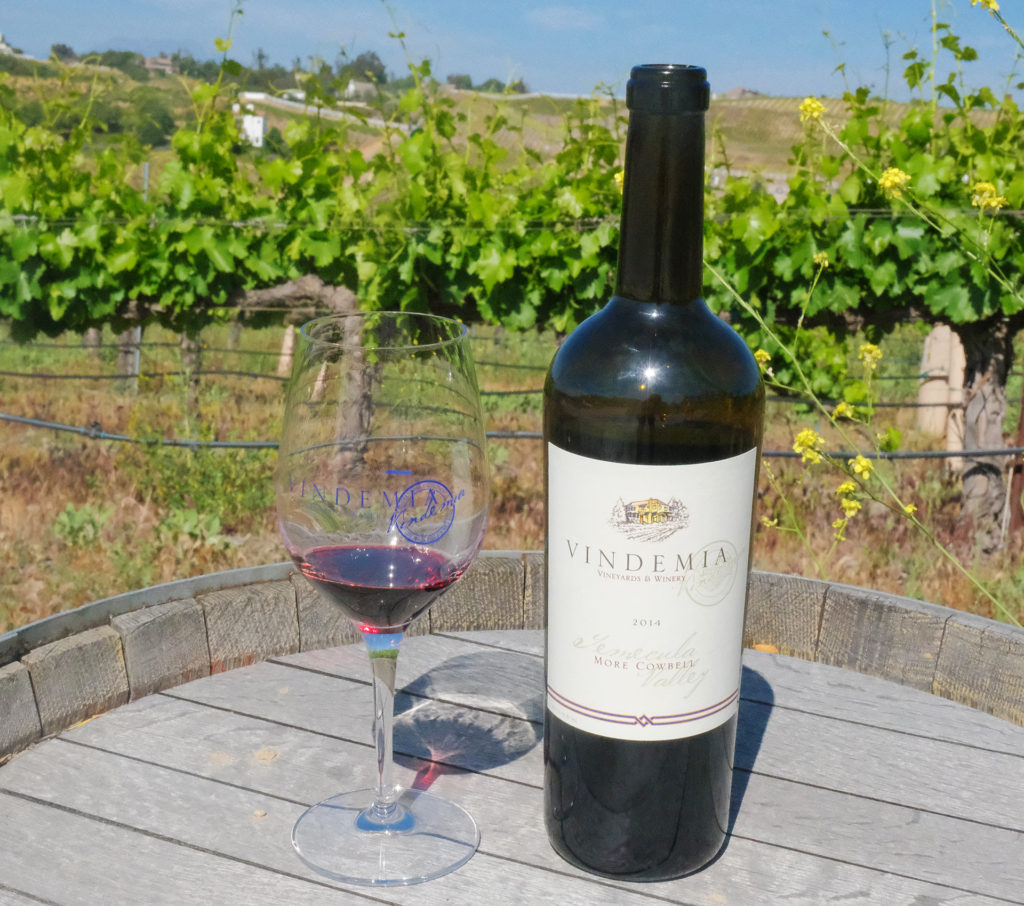
Take a sip and you can feel the cowbell’s beat vibrate right down your throat, while the nose lavishes in luxurious smells of cherries, chocolate and leather. It’s a vibrant wine with underlying herbal notes. Much lighter in the mouth than what the nose leads you to believe. The alcohol raises its hand to eagerly say, “Here!” But it is Temecula after all, and the wine can support it.
And when you finish the bottle, an urge to yell “I need more cowbell!” is ever-present.
I also tried a 2011 Syrah and 2015 Merlot that were very impressive.
All I am saying is give Temecula a chance.
Yes, Temecula is difficult. As Dave says, “some years we get it right, and some years we don’t.” And certainly, most of Temecula is meant for the ones who care less about the wine and more about the buzz or getting away from the city. But again, there is a B-side and I would hope anyone looking to try something different will give that part of Temecula a chance.
More bonus points for Vindemia Winery
Another reason why wineries like Vindemia deserve support? Because they treat and pay their staff liveable wages. For example Joel Rosa, who has been working with Dave for years now. Thanks to Dave and wife Gail, Joel was able to relocate his family to the United States and put his children through school. The American Dream, baby.


